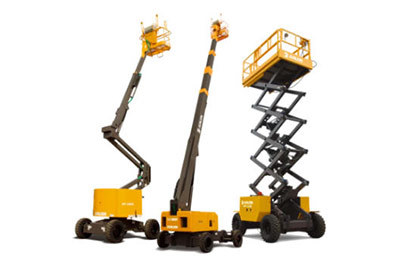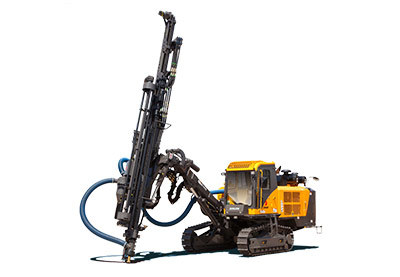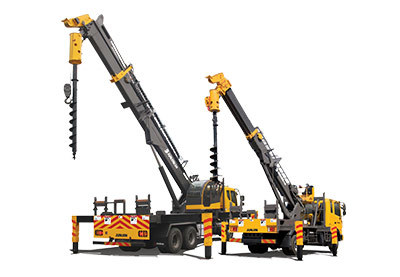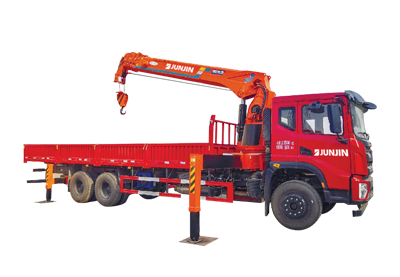Introduction to Hydraulic Drilling Rigs
Release time:
Jan 02,2024
Holes are created by breaking up rock layers using the rotary motion of drilling tools. Major types include large and small churn drills, positive and reverse circulation rotary drills, hydraulic power head drills, and down-the-hole vibrating rotary drills.
A pressure drill rig, also known as a hydraulic drill rig, can perform coring drilling and full-hole drilling without coring, and can also be used with a winch for impact drilling.
Hydraulic drill rigs have the following advantages over manual drill rigs:
① Accurately maintain bottom-hole pressure according to the pressure gauge reading;
② Significantly reduce the labor intensity of workers during operation;
③ Prevent injuries caused by the sudden drop of drill string and the flipping of the feed handle;
④ Can be used as a hydraulic jack when a drill is stuck or when handling malfunctions;
⑤ Some rigs are equipped with a moving oil cylinder that can automatically move the rotary head away from the open hole;
⑥ Some are equipped with a pipe wrench that can automatically tighten and loosen drill pipes.
Releated Blog
Share

Address: No.22, Ciyang Road, Gaotuan Town, Fushan District, Yantai City, Shandong Province, P.R.China

QR Code
© 2025 Quanjin Heavy Industry (Shandong) Co., Ltd.
COOKIES
Our website uses cookies and similar technologies to personalize the advertising shown to you and to help you get the best experience on our website. For more information, see our Privacy & Cookie Policy
COOKIES
Our website uses cookies and similar technologies to personalize the advertising shown to you and to help you get the best experience on our website. For more information, see our Privacy & Cookie Policy
These cookies are necessary for basic functions such as payment. Standard cookies cannot be turned off and do not store any of your information.
These cookies collect information, such as how many people are using our site or which pages are popular, to help us improve the customer experience. Turning these cookies off will mean we can't collect information to improve your experience.
These cookies enable the website to provide enhanced functionality and personalization. They may be set by us or by third-party providers whose services we have added to our pages. If you do not allow these cookies, some or all of these services may not function properly.
These cookies help us understand what you are interested in so that we can show you relevant advertising on other websites. Turning these cookies off will mean we are unable to show you any personalized advertising.
















